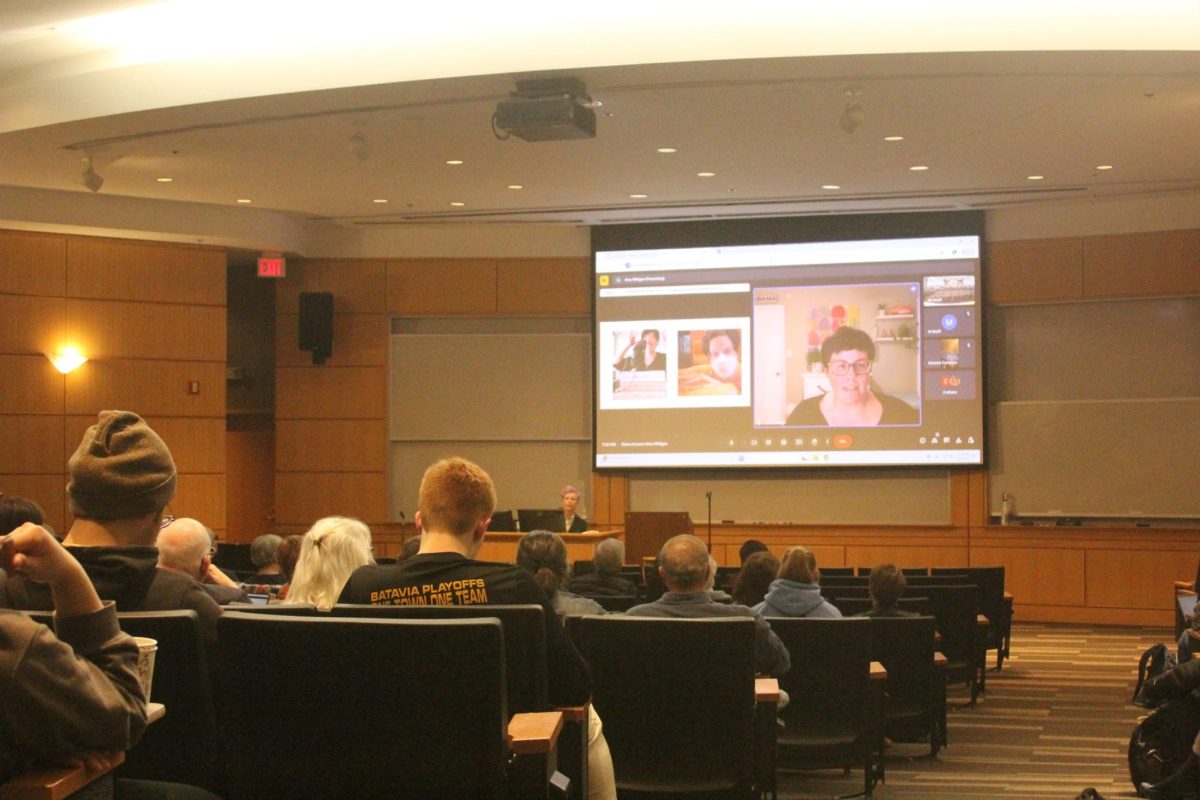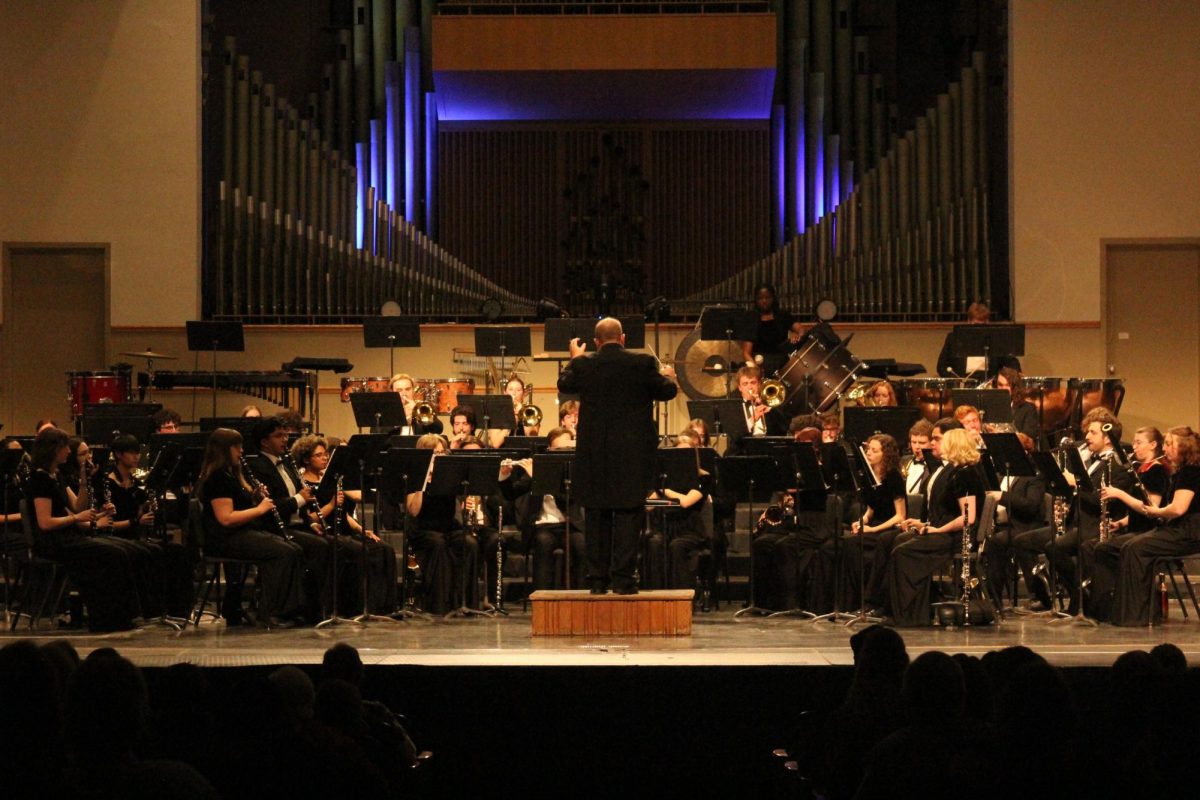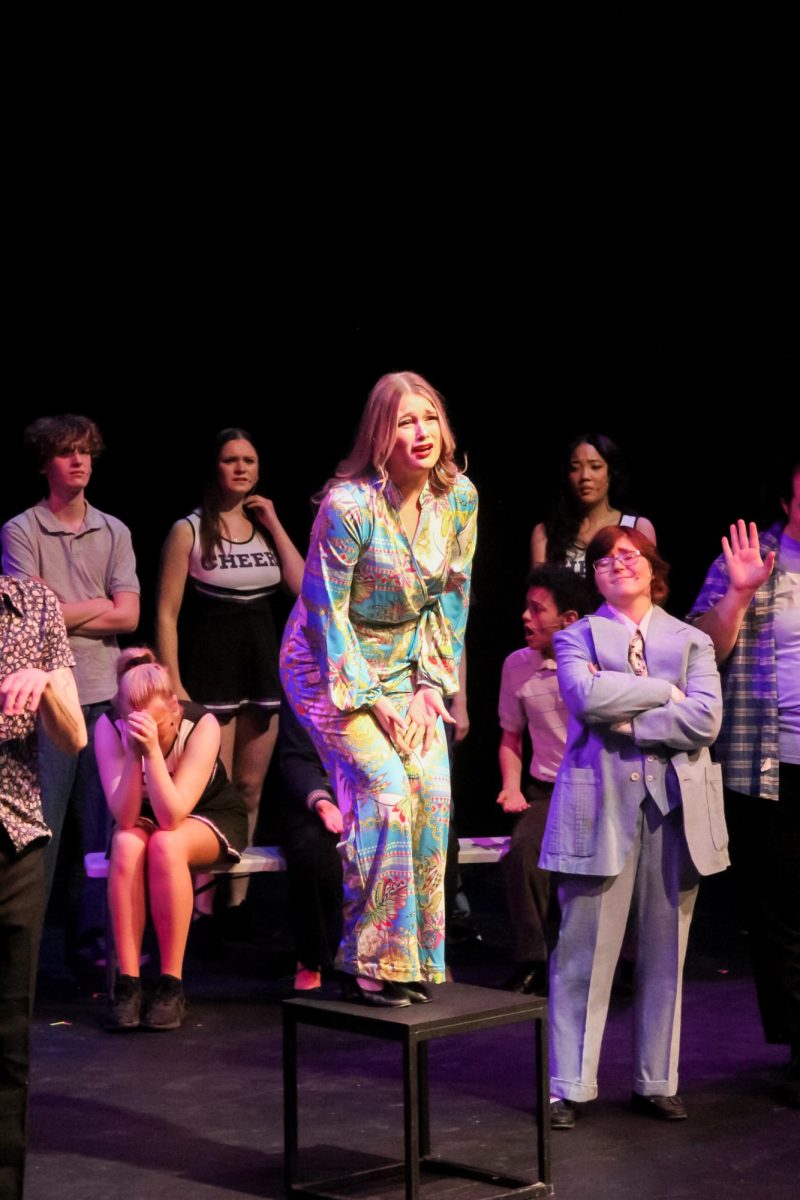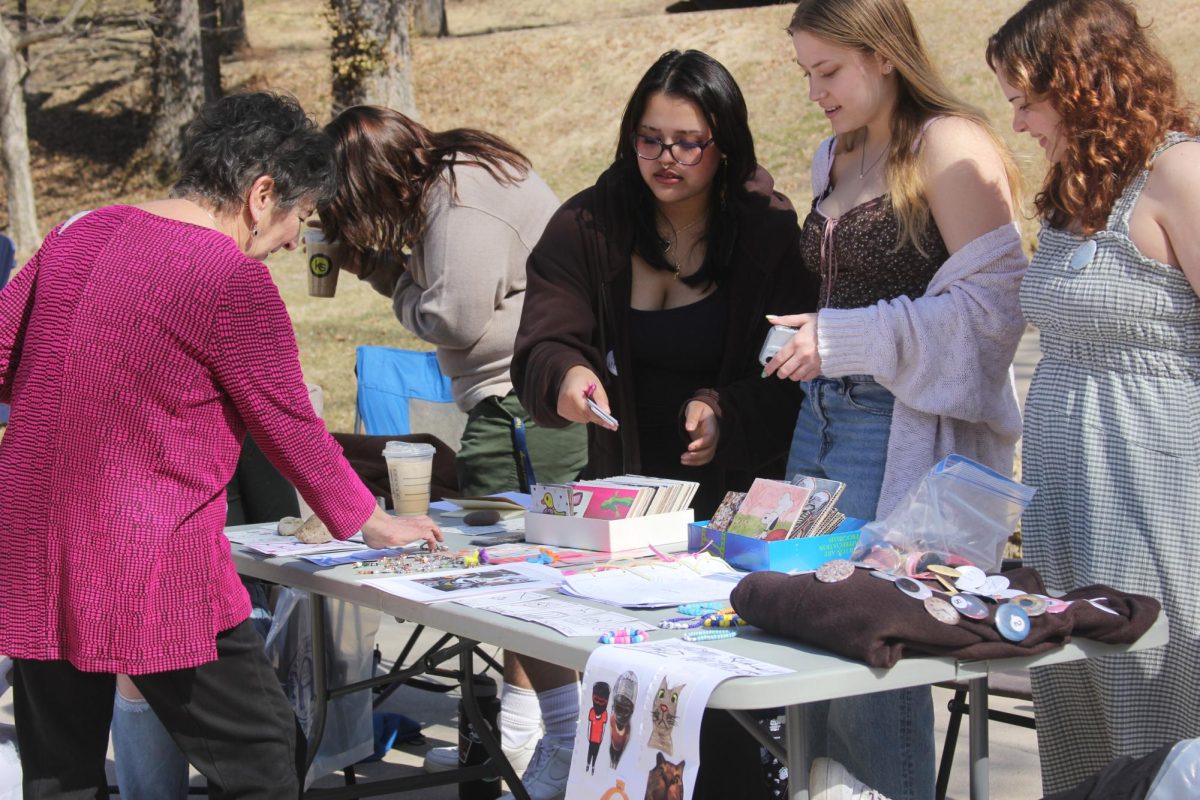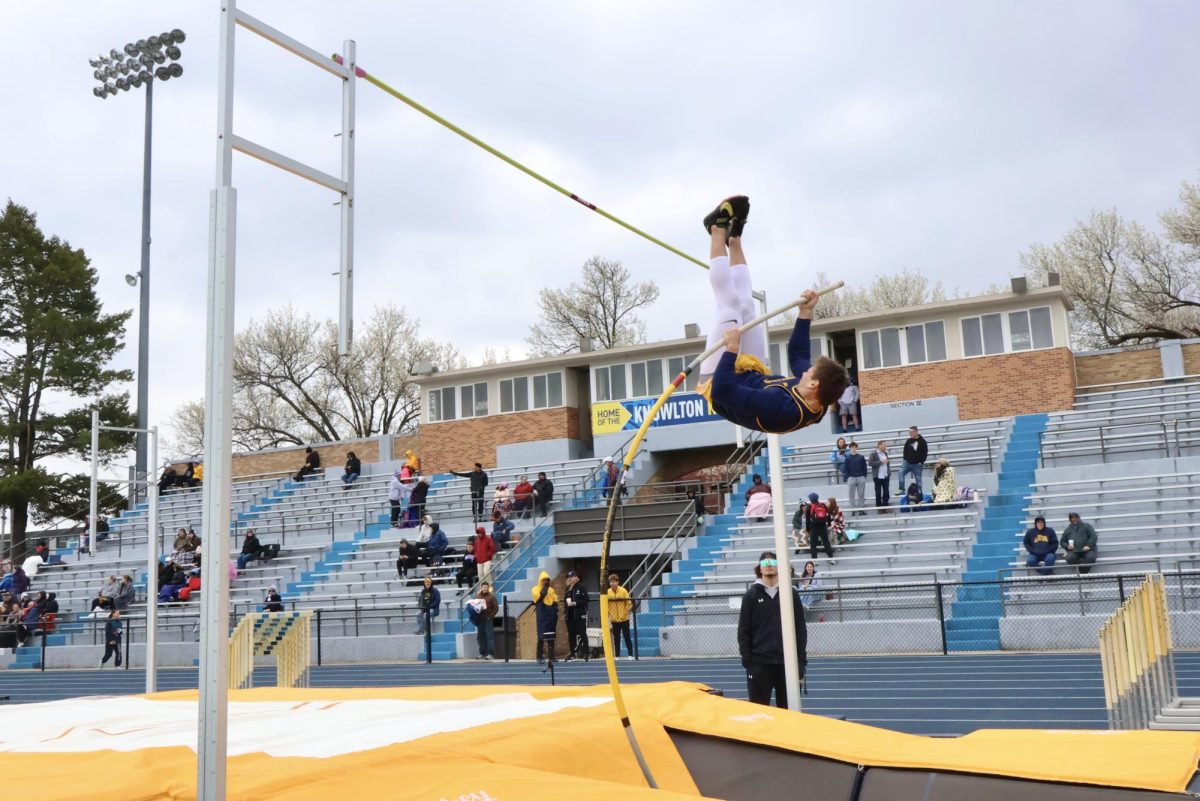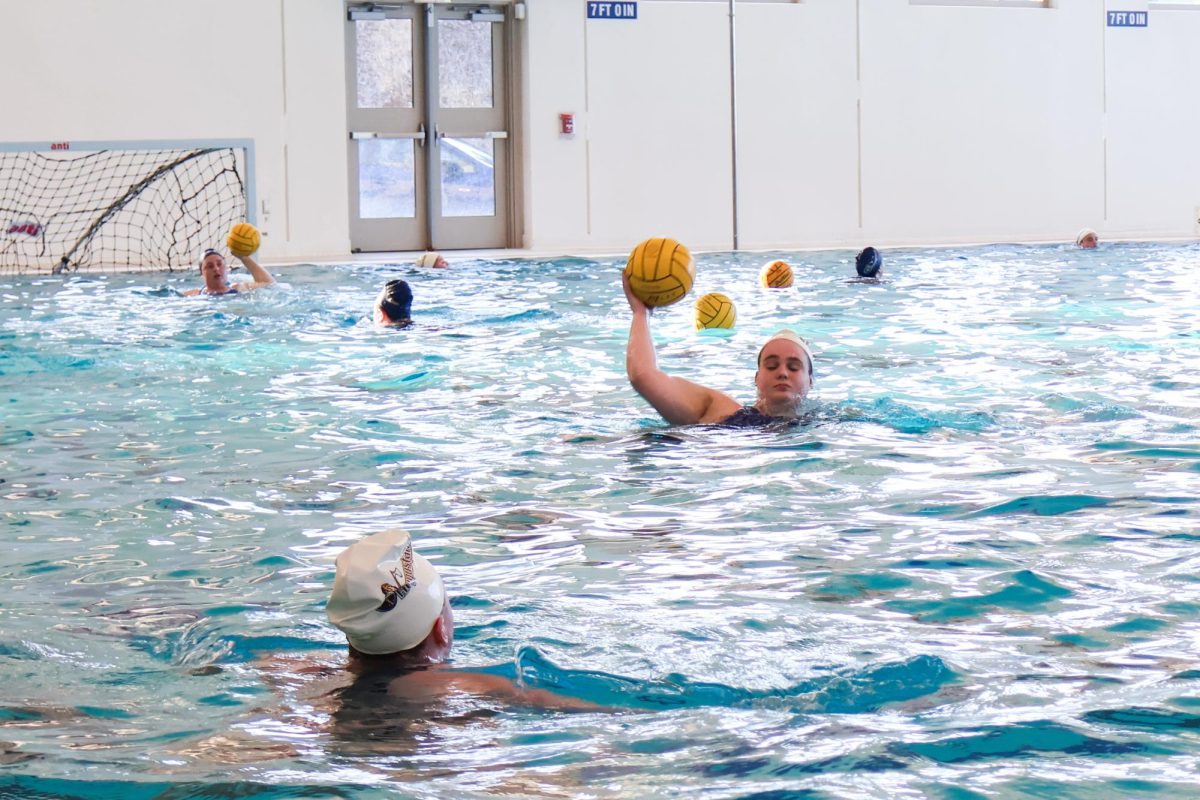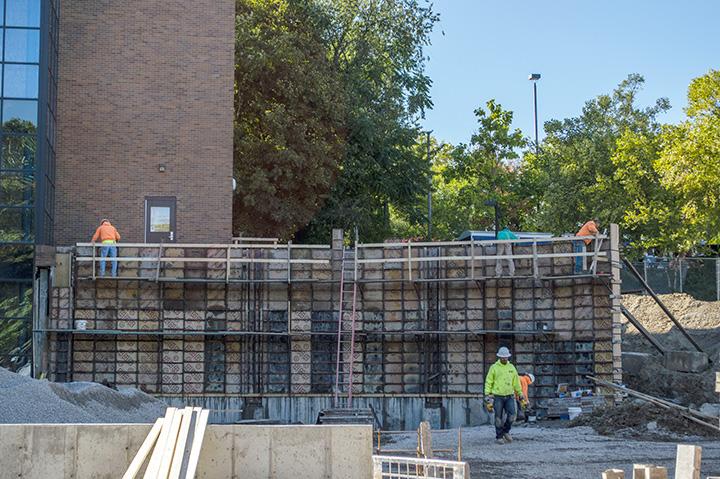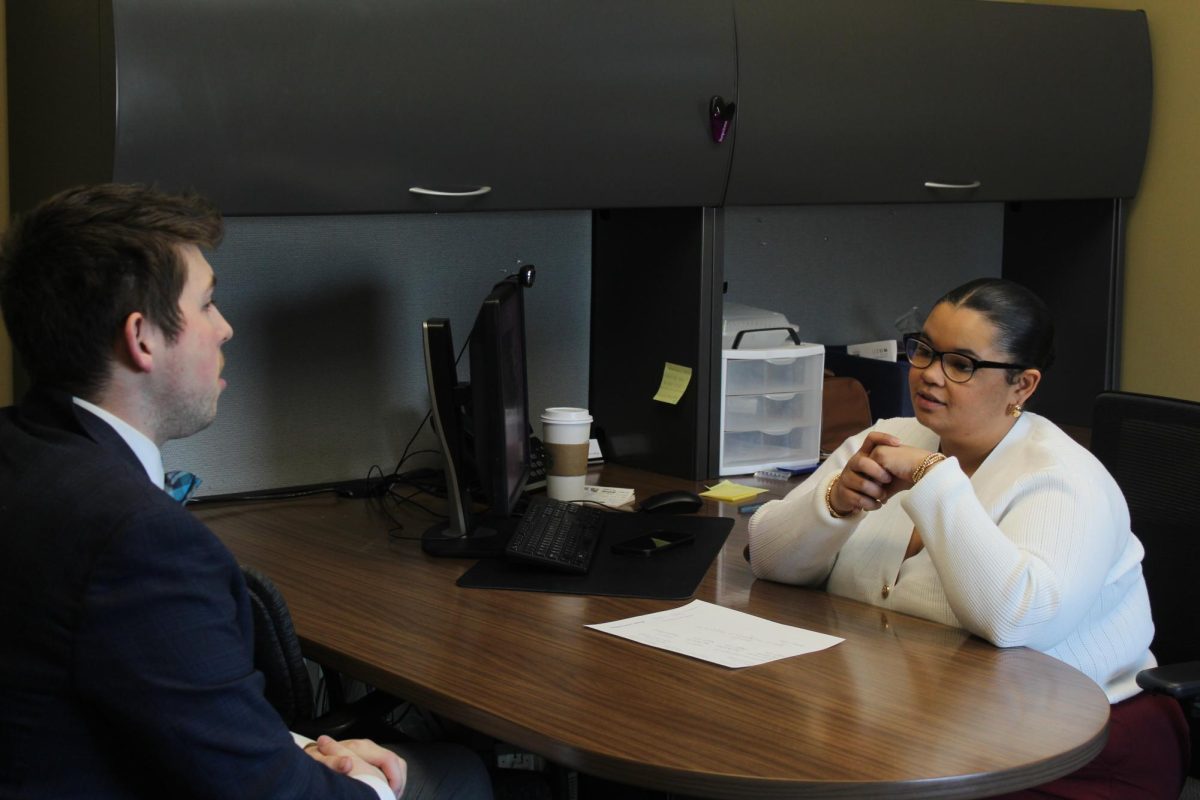Augustana is said to have two seasons: construction and winter. Walking through the lower quad, you can see construction left and right.
The college currently has three main capital projects: the Hanson Hall of Science expansion, the construction of the Anderson Outdoor Pavilion, and the Blue, Gold and Beautiful campaign.
Hanson will be finished in July of 2019, with a new four-story addition on the lecture hall wing.
Senior Julianna Furlano said she is excited about the addition since it’s very needed. “Science is such a huge major on campus and we can’t fit everyone in our science building. Science classes should be in the science building,” instead of Olin, where she said botany class is held.
A page on Augustana’s website says the expansion will include 22,000 square feet of “studio-style flexible class/lab learning spaces, five interdisciplinary research labs, and four faculty offices with adjoining space for discussion and collaboration.”
Other students are less pleased. Juniors Colleen Jennings and Lily Ford share that Bergendoff “smells so bad all the time.”
“Everything smells like mold and we breathe so much of that building that it worries me,” Ford said.
They recognize that science is a growing field but that the music building desperately needs attention as well. If it floods, the instruments are in danger since some are in the basement, Jennings said.
Bergendoff has had minor cosmetic renovations since it opened in 1955, but the underlying systems of the building (HVAC and windows) haven’t been replaced since the 80s or 90s, which is likely why it smells like mold.
The hall of arts is beginning a campaign with only one major donor so far. They’re anticipating a $8-$10 million investment that would include things such as a new entryway in the front, two rehearsal spaces by Potter Hall, and more practice rooms.
Jon Hurty, professor of music, said that “the administration would like to see this project begin sometime within the next two years if we can identify enough donors to raise the funds for the projects.” They were on the early list of projects, but other buildings found donors more easily.
The reason, assistant professor of music Frederick Jaeschke said, is because professional artists don’t have the ease to drop $10 million on a building like their science counterparts do. A CEO has a higher salary than an artist, and it’s a reason that STEM buildings haven’t had as much difficulty finding donors.
Matt Fitzsimmons, assistant professor of pottery, said that their pottery classroom is the only classroom on campus that doesn’t have air conditioning, and he’s asked for A/C multiple times without action. It can get hot in the room, especially when pots need to be fired. Not only that, but when it rains, it drips throughout the building. Facilities has fixed the roof that covers the power plant, but not the part of their building that potters use.
The second project – and soonest to be completed – is the Black Culture House just in time for their 50th anniversary. According to sophomore and Black Student Union President Jordan Cray, their house needs minor renovations including furniture replacement and fixing the steps outside the house. They’re also expecting a total of 3 murals, painted by Sarah Robb, the same woman who did the mural outside Frank & Ethel’s across from Cool Beanz. “So far I love it. The new touch adds a more home-feeling,” Cray said.
According to students, they moved into this house in 2016 after the previous Black Culture House had mold in the basement and a deteriorating roof.
Seniors Crystal Salazar and Karen Reynosa say they hope Casa Latina can be renovated soon as well. “It’s [expletive]. It’s a mess,” Reynosa said. Salazar said the house gets cleaned once a year, so students are responsible for the upkeep. They make sure to point out that the funding comes from the Office of Student Inclusion and Diversity, and there isn’t enough money to renovate all the houses when needed.
Chief Financial Officer and Vice President of Administration Kirk Anderson said in an email, “The funding for these larger projects can be 100 percent funded by donors, or in some cases, the college provides 100 percent funding. Each year, we evaluate all the large and small projects, then prioritize what needs to be done based on academic needs, athletics, student life/residents, and basic college infrastructure.”
Furlano recommends the college ask for more input on the projects, as the money spent on Adirondack chairs, for example, could have gone towards something more useful that helps more students.
The Anderson Outdoor Pavilion is expected to be completed in late November that will host theatrical and music performances as well as classes, which was 100 percent supported through an individual donor, according to Anderson (no relation to the pavilion’s dedication).
The Blue, Gold and Beautiful campaign is an ongoing project that will span over the next three years, said Anderson. It is a beautification campaign that will include landscaping throughout the campus, improvements to sidewalks, parking lots and stairways, and more outdoor seating.
The next anticipated project will be next spring to Betsey Brodahl Building, making room for Augustana’s masters program in communication sciences and disorders.
Photo Above: Augustana construction of the Hanson extension on Oct. 4. Photo by Emma Gannaway.


